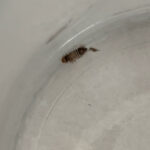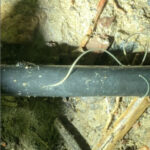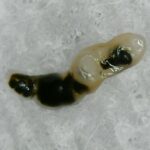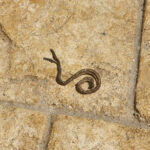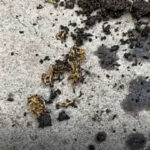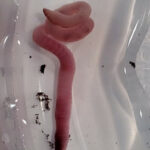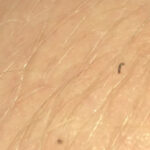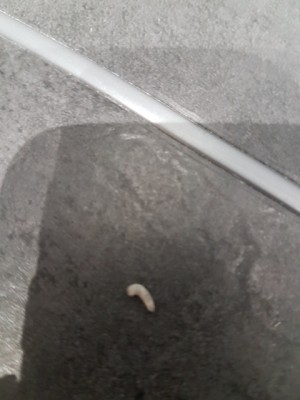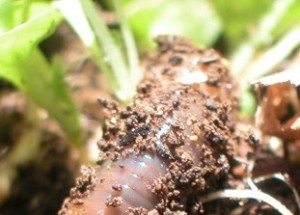Meal worms populate the world and are persistent pests in some regions. You have probably spotted meal worms happily consuming food in your own pantry. Three types of meal worms have been identified (lesser meal worm, yellow meal worm, and dark meal worm), but may not be present in all areas.
The term meal worm actually refers to all four stages of its life: egg, larva, pupa, and adult beetle. However, the larval or caterpillar stage of this beetle’s life cycle is the most familiar. While in this second phase of life, the insect acquires a worm-like appearance that endures several molts. Just after a molt, meal worms are white in color, but gradually change to a brownish-yellow as the outer ridges begin to harden. Tiny vents, or spiracles, on a meal worm’s underside allow it to breathe.
This “worm” phase is also the most popular for predators, which loosely includes humans. Meal worms are not only popular as a food source for back yard bluebirds and indoor geckos, but are also made available through pet and scientific supply stores for class studies and as a supplemental food source – second only to crickets – for other aquarium animals. Meal worms are also attractive to fish and are sold as bait.
Meal worms may also be responsible for the spread of some diseases, especially in the poultry industry. They are part of nature’s clean-up crew when living in the wild and, along with the adult beetles, scavenge on rotting debris, dead birds, and animal droppings. In fact, meal worms burrow under logs and in neglected, littered corners of barns or grain facilities mainly so they can munch on their surroundings.
In addition to a fondness for the cereal and baking products in your pantry, meal worms have other bad habits, including a tendency to gather in groups inside homes. They love dark spaces and remain active around the clock, thus giving them plenty of time to damage insulation, one of their favorite meals. They are also fond of carpets, clothing, and artificial plants.
These prolific insects will always be plentiful, which is bad if they are in your pantry, but good if your gecko needs a big, fat grub.
Recommended reading (click on the picture for details):
All About Worms is always free, always reader-supported. Your tips via CashApp, Venmo, or Paypal are appreciated! Receipts will come from ISIPP Publishing.




